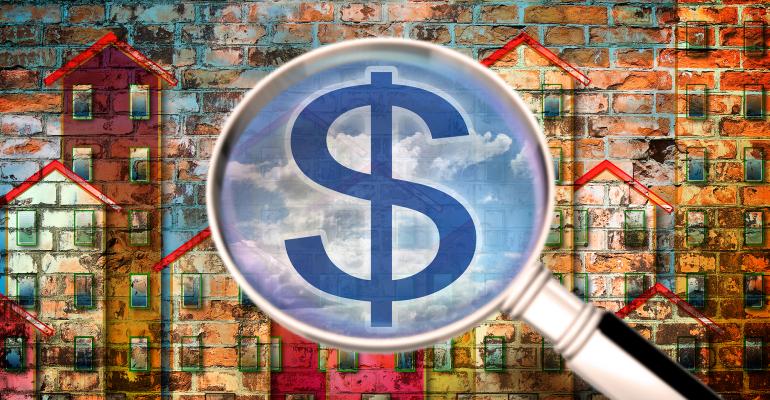Given current market conditions, some apartment investors are looking for a little something extra when they consider buying apartments.
They have recently been able to close deals to buy apartment properties, despite the chaos caused the spread of the novel coronavirus. But to make these deals work, these investors often need a plan to add value to the property. Simply buying and holding an income-producing asset is not enough.
That’s largely because of the risk of more job losses in the U.S. economy and an uncertain outlook on rent growth. Most buyers need some plan to raise the income from an apartment property to offset the risk of a slow economy.
The plan to increase the income from an apartment community doesn’t have to include extensive renovations, extra amenities or higher rents. Many investors plan to improve the operations or management of apartment properties to create new value.
"There is more downside risk than upside—buyers see that risk but also see some value-add,” says Sam Isaacson, president of Walker & Dunlop Investment Partners (WDIP), the investment management arm of Walker & Dunlop, managing three private equity funds that invests in multifamily properties.
Investors focus on strong, class-B assets
Recently, WDIP’s funds have provided mezzanine debt (also known as preferred equity) to a growing number of value-add apartment investments. “Our deal flow has been up significantly compared to last year,” says Isaacson.
Typically WDIP’s properties are located in strong, suburban markets with a plan to increase the value of the investment to help offset the risk of an uncertain economy.
“The value-add is occurring within growth markets that have experienced job growth—the Southeast, Southwest and Mountain regions,” says CBRE. A typical value-add investment deal might be the purchase of a 15-year-old to 20-year-old building, located near amenities like shopping and job centers, but without much too much competition from new apartments nearby.
These investments don’t always require extensive renovations. “The market has actually shifted from a heavier value-add model to a lighter more core-plus specific value-add model given how compressed cap rates are today for vintage product,” says Eric Bromley, senior vice president of multifamily operations for Colliers.
These “lighter” value-add plans may focus on improving the management at a property. “We expect that there will be a good amount of ‘management value-add’ in 2021 for those properties that employed the wrong tactics with their tenants during 2020,” says Bromley.
“Value-add isn’t always infusing capital into the physical improvements but rather a market re-positioning or operational play,” says Matthew Lawton, executive managing director for JLL Chicago. “Many investors have seen this movie before last cycle, where we experienced double-digit net effective rent growth in 2011 to 2014 in many markets.”
These buyers may also have to hold their properties for some time—until a recovery has taken root—before they can implement a plan that raises rents. In tough economic times, many residents are likely to resist rent hikes.
“Value-added investors targeting a mid-teens return need patience to achieve those yields,” says CBRE’s McAuliffe. “They can’t be as aggressive as they have in the past to achieve those rents.”
These investors carefully examine the health of the properties they consider buying. “The market today is all about who are your tenants and how are they employed,” says Bromley. Buyers generally favor properties in which the residents largely have white-collar jobs, which been have less hurt by the Pandemic.
Buyers are more wary of properties that are home to people working in industries hurt by the pandemic, like the restaurant or hotel business. “This will continue so long as we have shut downs in our economy. It will be especially painful in urban areas,” says Bromley.
Often these deals are structured simply, using leverage from a simple Freddie Mac or Fannie Mae loan. “We have not seen many ‘exotic’ deal structures because of the use of government sponsored entities lending,” says Bromley. “Private equity funds continue to be very active and are taking their typical role in the limited partner position.”
Other investors are waiting for the opportunity for more dramatically add value to properties distressed by the crisis caused by the pandemic—though those opportunities have not emerged yet.
“Institutions are on the sidelines raising opportunistic funds for distressed assets and the amount of investment capital out there waiting to be deployed is staggering,” says Bromley.

